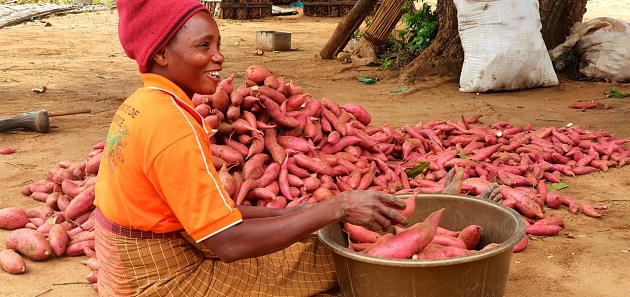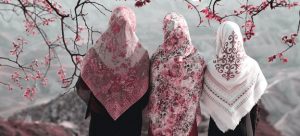TAMPA, Fla., Sept. 20, 2023 (GLOBE NEWSWIRE) — WilsonHCG has been recognized as the No. 1 Recruitment Process Outsourcing (RPO) provider in HRO Today's 2023 Baker's Dozen List.
The longest–standing customer satisfaction survey in the RPO industry, HRO Today's Baker's Dozen List is designed to highlight the world's top RPO providers and lends transparency into the RPO partnerships that are most impactful. Providers are rated on a range of factors including breadth of solutions, quality of service and size of deal.
"It's an honor to be ranked No. 1 in the Baker's Dozen List," said John Wilson, CEO at WilsonHCG. "This recognition means so much to us as a business because it's solely driven by client feedback. It really is a testament to the commitment and care that our people place in our client relationships. I want to say a huge thank you to the team and can't wait to build on this success as we continue to add even more value to our client partnerships."
"Since WilsonHCG's first placement on the HRO Today Baker's Dozen as a challenger brand, it has focused on great customer service and innovative approaches to recruitment process outsourcing and workforce solutions. It has transitioned from its early days as a challenger to a large and market dominating leader which is helping redefine what success should look like for clients of these service offerings. Remarkably, WilsonHCG's service orientation has continued to improve as it has grown to one of the largest and most successful companies in the space and we congratulate it and its leadership team on ranking as the top provider on the HRO Today RPO Baker's Dozen," said Elliot Clark, CEO of HRO Today.
Visit the HRO Today website here to find more information about the Baker's Dozen List.
About WilsonHCG
WilsonHCG is an award–winning, global leader in total talent solutions. Operating as a strategic partner, it helps some of the world's most admired brands build comprehensive talent functions. With a global presence spanning more than 65 countries and six continents, WilsonHCG provides a full suite of configurable talent services including recruitment process outsourcing (RPO), executive search, contingent talent solutions and talent consulting.
TALENT. It's more than a solution, it's who we are.
Media contact
kirsty.hewitt@wilsonhcg.com
+44 7889901517
813–418–4479

GLOBENEWSWIRE (Distribution ID 8925480)






